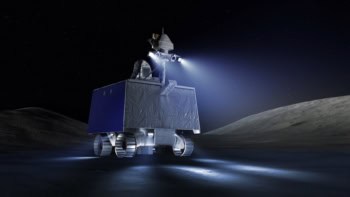
By Tushna Commissariat
In recent years, science and science fiction have come together in cinema to produce a host of rather spectacular visual treats, the best of the lot being Christopher Nolan’s epic Oscar-nominated film Interstellar. That actual science has played a major role in film is pretty well known, thanks to the involvement of theoretical physicist Kip Thorne, who was an executive producer for the project. But in a near-cinematic plot twist, it has emerged that Thorne’s work on trying to develop the most accurate and realistic view of a supermassive black hole “Gargantua” has provided unprecedented insights into the immense gravitational-lensing effects that would emerge if we were to view such a stellar behemoth.
To produce the awe-inspiring images of the wormhole and Gargantua that audiences across the globe marvelled at late last year, Thorne and a team from the acclaimed London-based visual effects company Double Negative developed a new computer code dubbed “Double Negative Gravitational Rendered” and have now published a paper detailing their work in the journal Classical and Quantum Gravity, which is published by IOP Publishing, which also publishes physicsworld.com.
Instead of focusing how individual rays of light would be distorted by the black hole, the code aims to solve the equations for how bundles of light (light beams) would navigate the extreme warped space–time structure that would surround the spinning Kerr black hole that is Gargantua. This was done to get rid of some of the strange visual anomalies that the team saw early on in its work. The team saw distant flickering stars and nebulae that would rapidly move across the screen if the standard approach of using just one light ray per pixel in the code was applied, which in the case of an IMAX image would amount to a total of 23 million pixels.
“To get rid of the flickering and produce realistically smooth pictures for the movie, we changed our code in a manner that has never been done before,” says Oliver James, chief scientist at Double Negative, explaining that once the code “was mature and creating the images you see in the movie Interstellar, we realized we had a tool that could easily be adapted for scientific research”.
They also found that the dragged space–time and the lensing would mean that an observer or a camera would see the accretion disc that surrounds Gargantua wrapped over and under the black hole’s shadow and that distant stars would move in a complex swirling dance around the hole as the camera orbits it. Indeed, thanks to a curious optical effect know as a “caustic” or a “caustic curve”, the images of the stars or nebulae would get amplified and split into double or even multiple images or even cancel in a flash of light.
To learn a bit more about these curious caustics (hint: they are actually pretty common and you have seen one in action if you have seen a rainbow), find out about how Gargantua was made to bend the rules of physics for a good cause and look into the perfect Einstein rings that emerge in the team’s simulations, delve into the paper’s depths. In the meanwhile, do be sure to read my review of Interstellar (warning: it contains spoilers!) as well as Thorne’s book The Science of Interstellar, and watch the video abstract from the paper below.



